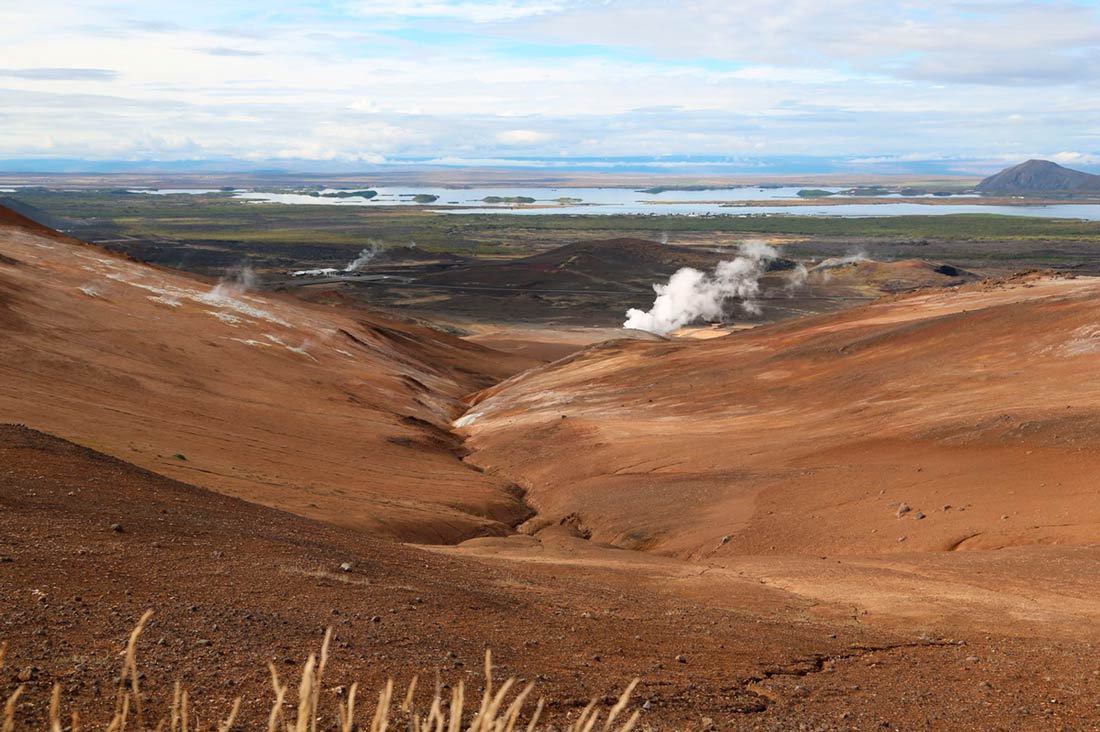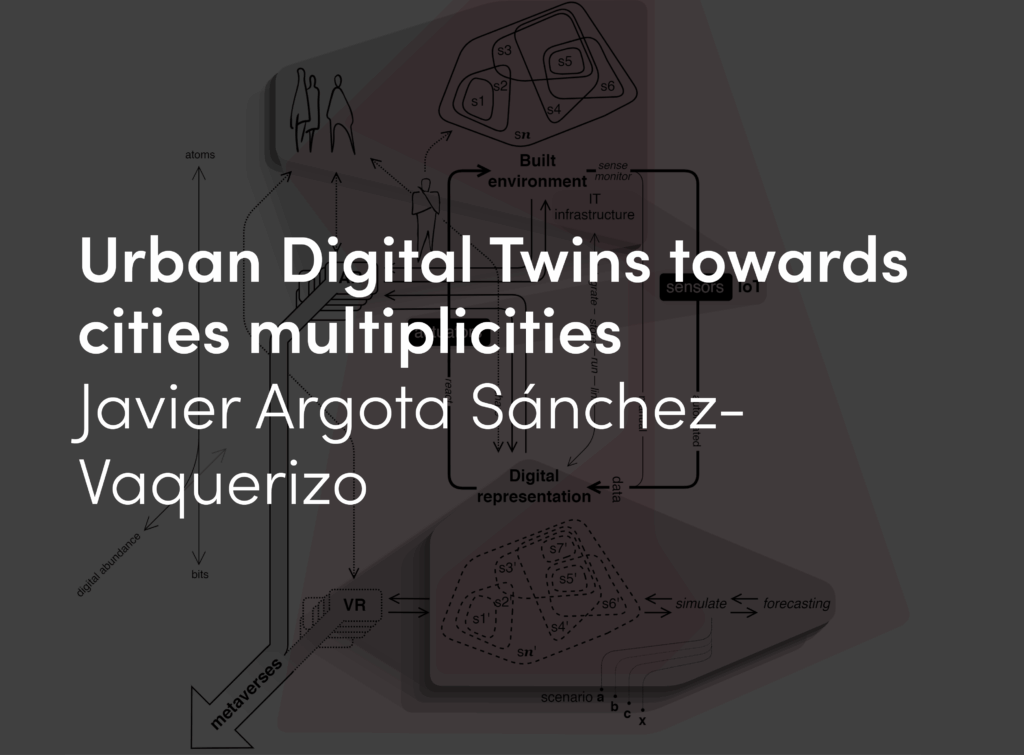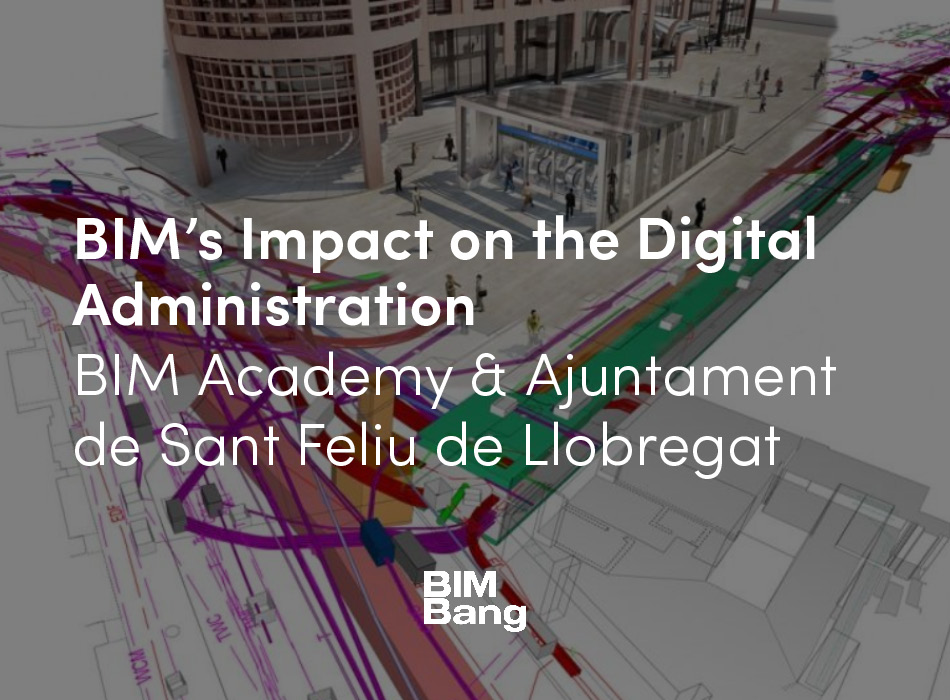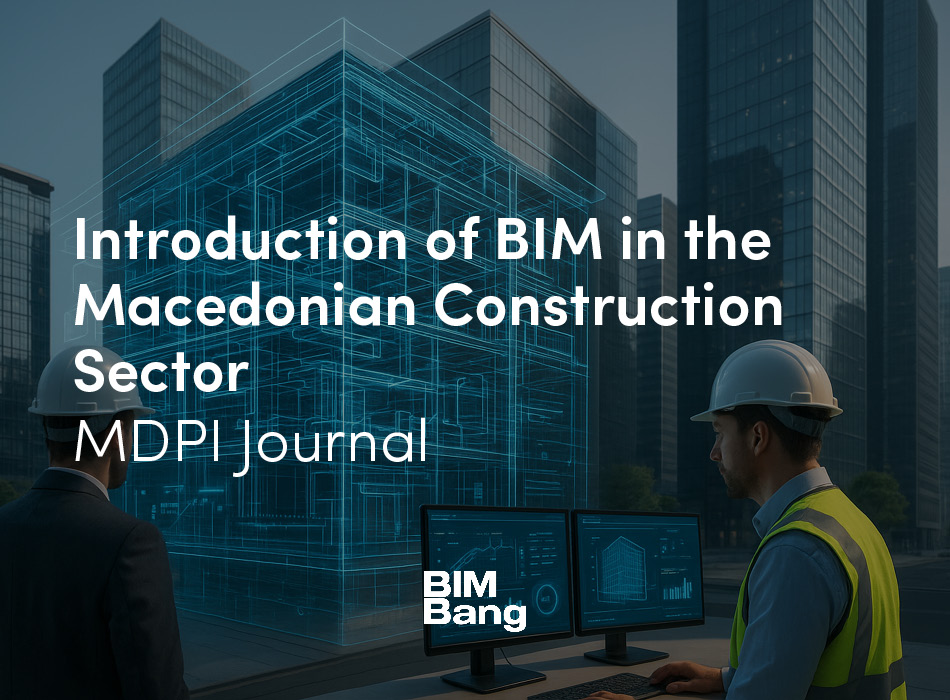The earth common addresses the organic resources which make up the biosphere. Earth processes in cities relate fundamentally to the synthesis and resilience of life—human and otherwise—within urban environments. Life on Earth would be impossible without incessant cycling of key elements that make up biomass. Three cycles – those of carbon, nitrogen and sulphur—are particularly noteworthy: carbon is, of course, the dominant constituent of all living matter (typically 45-50% of dry weight). These three cycles are remarkable because of their complexity, the importance of microbes in their functioning, and because the cycled elements are transported by both air and water away from their sources. How these cycles interact with urban cycles is the key to the perpetuation of non-human life in the city.
The birth of urban civilizations was aligned with the ability of human communities to increase the productive capacity of land to feed larger densities of people. The management of these organic resources was related to the birth of writing, mathematics, astronomy, calendars, and many other disciplines. The ability to predict when environmental conditions would change allowed early civilizations to take advantage of the harvest, produce more food and other organic resources for their citizens, and vastly increase their population and security. Because most arcane citizens were farmers, there was a direct relationship between the productive capacity of the land, and the population which could be sustained in a city. This balance changed with advanced agricultural techniques and animal labor, as well as machines and synthetic fertilizers.
While vegetation and organic matter appear to be the nemesis of architecture, destabilizing architectural matter and leading to deterioration and failure, plant matter, soil, and other organic elements are increasingly being re-incorporated into city fabrics and building design for a number of reasons. For example, organic matter as a percentage of surface area coverage affect reflectivity, humidity, thermal mass, heating and cooling cycles, and water runoff.
Because most arcane citizens were farmers who were designated plots of land, there was a direct relationship between number of laborers, the productive capacity of the land, and the population which could be sustained in a given region. This relationship changed with advanced agriculture techniques and animal labor, as well as machines and chemicals like synthetic fertilizers.
After a long exile from the city, plant matter, soil, and other organic elements are increasingly being re-incorporated into city fabrics and building design. Organic matter as a percentage of surface area coverage affect reflectivity, humidity, thermal mass, heating and cooling cycles, and water runoff. Cities depend on the synthesis and resilience of life—human and otherwise. Urban land cannot be determined exclusively by functional assignments in respect to human functions: it involves topography, climate and the bioactive layer of the soil. Cities depend the synthesis and resilience of life -human and otherwise- within urban environments. And life is only possible through the incessant cycling of key elements that make up biomass: carbon, nitrogen and sulphur.
Nitrogen is one of the most important elements to organic life, accounting for 6.25% of the dry mass of a given organism on average.1
This element is essential to organic growth, however, most of the nitrogen on earth is in a gaseous form unusable by plant and animal matter. 2 In order for this element to be used by living organisms, it must be “fixed” in usable form. In 1909, Fritz Haber, a German chemist, synthesized ammonia (NH2 ), a compound of nitrogen and hydrogen. By 1913, Carl Bosch, a German chemist and engineer had developed a commercial process for producing large amounts of ammonia to be used as fertilizer and BASF, a German chemical company, began using the “Haber-Bosch process.”3In the following decades, fertilizers with ammonia from the Haber-Bosch process would be mass produced. By 2011, synthetic nitrogen fertilizers provided “just over half of the nutrient received by the world’s crops.”3 As a result of the Haber- Bosch process and the extensive cultivation of legumes in agriculture, humans have vastly increased the nitrogen cycle’s transfer of nutrients into biologically usable forms, more than doubling the annual nitrogen transfer over the last century.4 Due to human intervention in the natural processes of nutrient transfer, human population has increased exponentially, and synthetic ammonia accounts currently for roughly 45% of the human population, at great energy expense.5 Obviously, this situation is entirely unsustainable, and cities need to reconstruct their original relationship with the biosphere, if food security needs to be ensured. The relationship between urban land and its bioactive layer needs to be retrieved in order to be able to sustain urban populations, reduce global energy consumption, absorb carbon dioxide and improve generally the urban microclimates. 6
Therefore, biotechnologies have developed increasingly effective urban applications ––urban farming, hydroponics, and algae cultures with the ability to produce food, biofuels and even lit cities–– are some of the fastest growing urban applications. High-tech farming technologies such as hydroponics and aquaponics are constantly improved to increase the efficiency and yields. The deployment of such technologies will become increasingly relevant to urban practices and assemblages.
Urban land cannot be determined exclusively by functional assignments in respect to human functions: it involves topography and the bioactive layer of the soil. A new type of land determinations, such as biomass rates, nitrogen contents, carbon footprints and land surface energy budgets establish equivalences between land and space-measuring units and the capacity to produce energy from sustainable sources, to emit carbon or nitrogen to the atmosphere and perform within the hydrological cycles. We can imagine that some of these parameters will become the urbanist parameters of tomorrow, just as the floor-area ratios, the land use or the building footprint.
Some recently developed technologies for managing dense collections of organic matter include bioreactors using algae cultures, carbon dioxide, sunlight and water to produce foods, oxygen and biofuels. New closed loop, vertical bioreactors have greatly increased the efficiency and reduced the environmental impact of open-pond biodiesel production, and allowed them to enter into urban areas because of their small footprint. Green building envelopes –– roofs and walls –– are capable of not only increasing a building’s albedo,7 but also retaining natural humidity in the urban microclimate, absorbing carbon dioxide, producing oxygen, reducing the heat island effect, and even contribute to the production of food. These technologies have yet to be incorporated into buildings as an integral part of the earth’s surface, an intrinsic component of the imminent urban cosmologies.
The earth common also involves the non-organic and physical entities of urban land, and of buildings as part of the artificial crust of the earth. According to the World Metrological Organization, on average, every square meter of the earth’s surface is struck by 164 Watts of energy per day. How this energy is reflected or absorbed has profound effects on the local microclimates. Subtle changes in the surface composition of urban pavements and building envelopes can have dramatic effects on the local microclimate. The Urban Heat Island (UHI) effect is a phenomenon that describes climate change in urban areas, leading to significantly hotter temperatures compared to neighboring rural areas. High concentrations of dark materials which absorb solar radiation, thermally massive and impervious materials, such as those that make up our road infrastructure, and a lack of materials which absorb and evaporate water can lead to this effect. Higher surface temperatures and reduced airflow due to buildings acting as a wind trap, have relevant impacts on the UHI effect. Some unexpected consequences of UHI include monthly rainfalls which tend to be higher downwind of UHI cities due to warming effects, pollution becoming concentrated due to a lack of airflow, and further losses of vegetation due to changes in climate which affect the biomass cycles.
The Surface Energy Budget of an entity on the surface of the earth is the amount of solar energy which it absorbs which is then balanced out through different forms of energy dissipation. Typically, around 48% of incoming solar energy is absorbed by the surface of the earth, with 29% being reflected by particles in the upper atmosphere or reflective ground sources and 23% being absorbed by the atmosphere itself. That 48% of net solar energy absorbed by materials on the surface of the earth then has to be dissipated through evaporation, convection, or thermal radiation (in the form of infrared radiation). The infrared radiation emitted by the surface of the earth is one of the primary drivers of the greenhouse effect the source of energy driving climate change. While gasses such as oxygen and nitrogen are transparent to both visible and infrared radiation, other gasses present in the atmosphere such as carbon dioxide and methane are transparent to visible radiation but opaque to infrared energy, absorbing the thermal radiation emitted by the earth and re-radiating it back down to the surface, intensifying the UHI.8
The more energy is absorbed in the physical fabric of a city, the more energy has to be dissipated through other means. Higher percentages of heat-absorptive materials in urban pavements or building envelopes lead to higher net thermal infrared radiation, which leads to an increase of infrared-opaque materials in the atmosphere and increased re-radiation back to the surface of the earth and even further warming. By manipulating the overall albedo of an urban surface—for example by removing vegetation and adding materials such as concrete or dark roof tiles–– significant changes in the urban microclimate can take place. This not only has an effect on global warming, it also can have serious negative local effects, making air in city streets stagnant or blustery, making temperatures uncomfortably hot or subject to wild temperature swings, or manipulating city wide humidity levels. Furthermore, these subtle microclimatic changes can have large economic impacts on cities. Raising the average temperature of a city (where large numbers of people are concentrated) by even one degree Celsius increases urban energy consumption by elevating cooling loads on air conditioners. Transferring Surface Energy Budgets from geophysics and microclimatology to architecture can account for the relationship between land, hydrology, energy and airflow. Some of these parameters invented to capture environmental parameters on a continental scale, can become effectively used to plan cities in respect to the earth common.



















